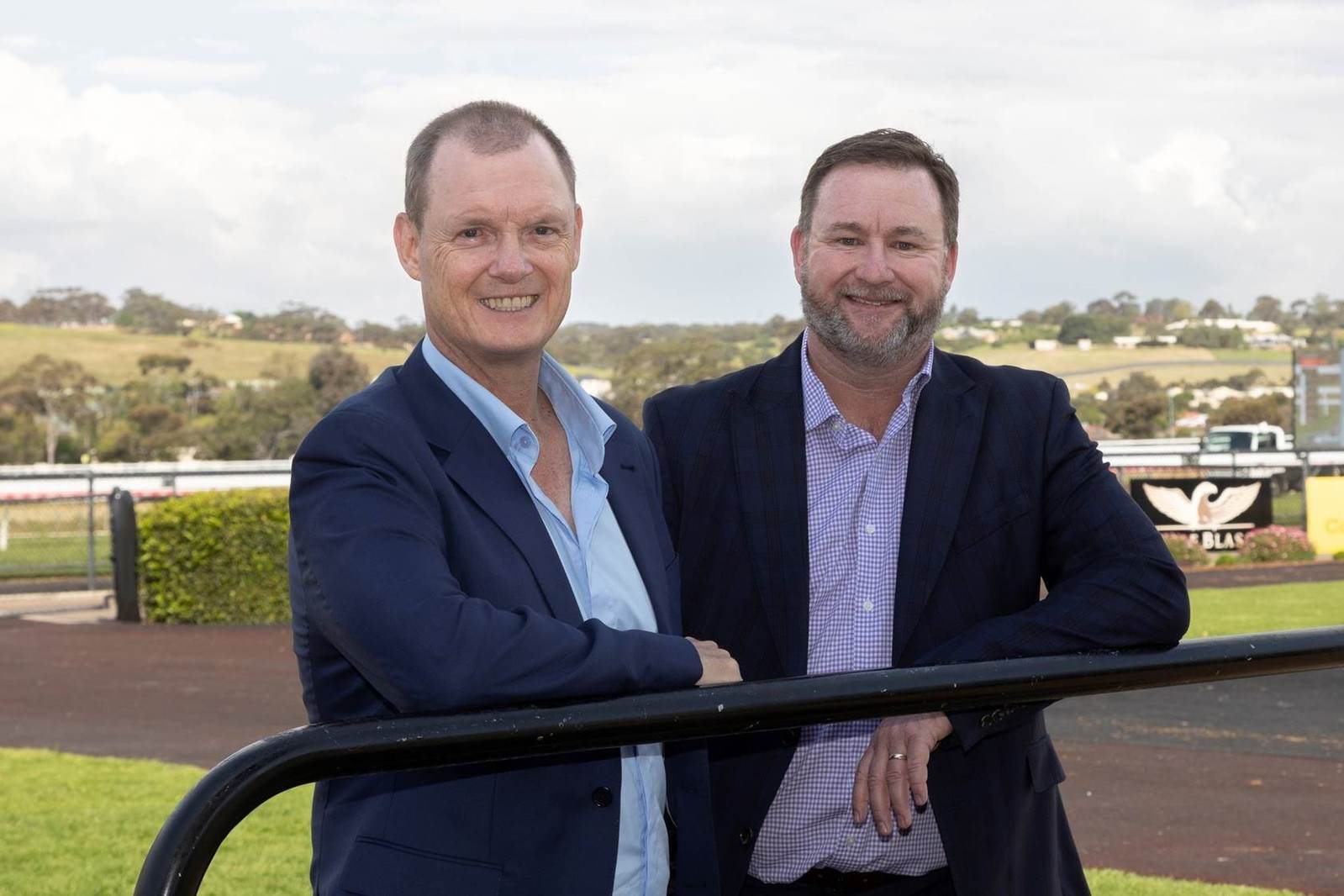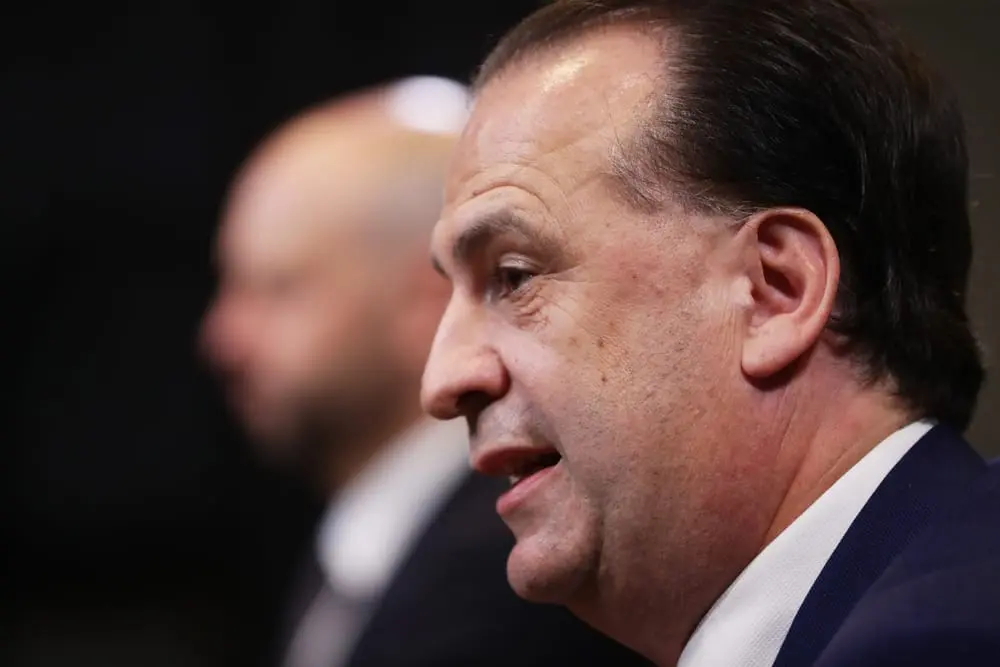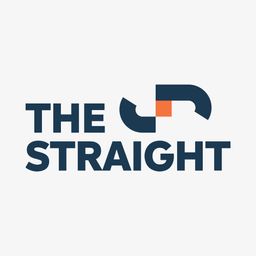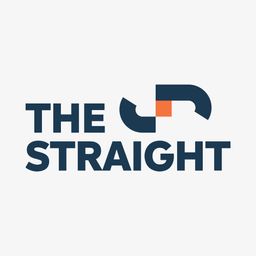A $78 million hole – Wagering slump and funding changes smash PRAs’ bottom lines
Changing funding models and a significant drop off in wagering have left Australian racing’s Principal Racing Authorities with $77.6 million in combined losses in 2023/24.

Four of the six state-based PRAs returned losses, Victoria, Queensland, Tasmania and Western Australia, while the PRAs South Australia and NSW reported surpluses.
Racing Queensland, which operates on all three racing codes, and Racing and Wagering Western Australia (RWWA), which as well as operating on three codes, is also in charge of the state-owned TAB, had book losses of $37.2 million and $41.4 million respectively.
Racing Victoria’s loss of $11.8 million was its first deficit in a decade, while Tasmania’s red ink was in the order of $1.2 million.
Racing NSW defied the trend to record a surplus of $12.6 million, albeit without adding to its prize money sustainability fund. Racing SA’s books showed a $1.4 million operating surplus, but it predicts a $2.9 million deficit for the 2024/25 financial year.
While there were specific local reasons, some of them one-off, for the losses at four of the PRAs, a drop in wagering has been a key driver of revenue reductions.
The Straight has estimated an approximate national shortfall of $50 million on the racefields funding which has proven a lifeblood for the thoroughbred industry over the past decade.
Racefields revenue was set up through the landmark court case won by Racing NSW in 2012, which allowed it to charge a 1.5 per cent turnover-based fee on thoroughbred racing in the state.
It has proven a goldmine, with Racing NSW alone deriving $1.4 billion from this source in the past 12 years, according to its 2024 annual report.
Other states also quickly introduced similar product fees and in Victoria, the revenue from this source has grown from $85 million, or 30 per cent of overall wagering revenue in 2014, to $245 million, or 67 per cent of the total in 2024.
The growth in racefields revenue has enabled PRAs to offset the drop in revenue from joint-venture/TAB agreements, as punters have migrated away from parimutuel betting to fixed odds.

RACING INDUSTRY GRADUATE PROGRAM
Your chance to work with Gai Waterhouse, Ladbrokes, Racing Victoria, Inglis and Magic Millions
The overall growth in revenue from record levels of wagering has powered a near doubling of Australian prize money in that period, supercharging returns to owners and helping sustain similar growth in the bloodstock industry.
But an over-reliance on race fields has been a concern for some years, with PRAs also leaning on Point Of Consumption Tax (POCT) share from state governments in order to bolster the bottom line.
New funding models in Queensland and Victoria are more heavily dependent on POCT.

The imposition of POCT over the top of race fields, plus myriad other taxes and charges has significantly impacted turnover, and increased the margins factored into wagering operators’ markets.
Total wagering on thoroughbred in Australia dropped 9.5 per cent into the 2022/23 financial year and at least that much, if not more in 2023/24. Anecdotal evidence is that wagering is down 10 per cent again through the 2024 spring.
Three consecutive years of that annual turnover decline would see 2024/25 thoroughbred turnover at around the same level it was in 2018/19, before the pandemic, at around $20 billion annually.
Calculating the overall impact on the industry’s bottom line of this decline is difficult, due to the different funding arrangements, taxation rates and pass-throughs in each state, but one almost universal measure across the states is race fields fees.

The Straight has reviewed the 2023/24 annual reports of all six states to assess the impacts of the decline in wagering on racefield revenues. As you will see, it is far from an exact science but does point to a trend.
Two states, Victoria and South Australia, reported an increase in the revenue derived from race fields, attributable to new fee regimes put in place as well as improved bookie margins.
Three states, Queensland, Western Australia and Tasmania, reported a decline in race fields funding.
New South Wales does not split out its specific race fields revenue but experienced an overall decline in wagering revenue (which in its specific case, does not include TAB revenue).

It is worth noting too that WA, Queensland and Tasmania are all tri-code, so their decline in racefields also includes harness and greyhound racing. Complicating it further, Queensland has changed its funding arrangements significantly, making year-to-year comparisons difficult.
As mentioned, Victoria’s increase in racefields was attributable to better-than-expected bookie margins.
That points to a trend of wagering companies reducing marketing spend, including free bets and other inducements, and becoming more focused on individual customer profitability.
The challenge with that approach is that it has a compounding impact on turnover.
As bookie margins increase, returns to punters drop and they become less likely to re-invest. There are implications for this, not only in terms of race fields revenue, but POCT as well.

Consequently, PRAs have been warning state governments that their revenue projections on the largely turnover-based POCT Tax are far too bullish.
Leaving POCT aside for now, and working on a best approximation, combined race fields revenue across the states was down at least 10 per cent from thoroughbred racing, or $50 million, in 2023/24 compared to 2022/23.









